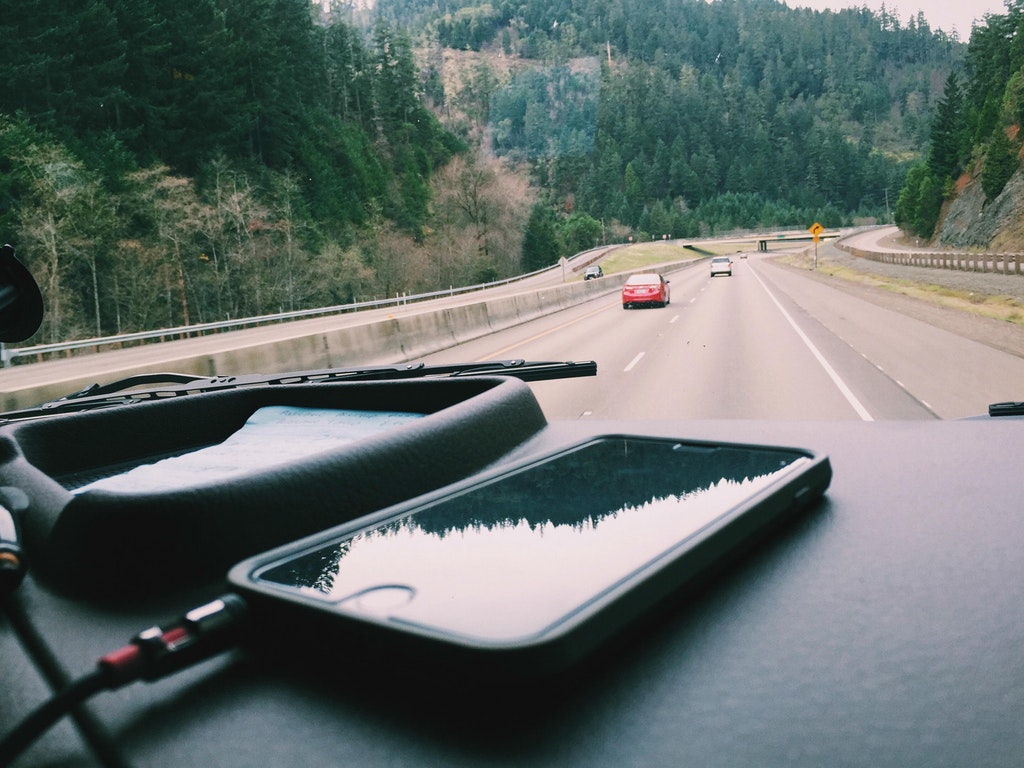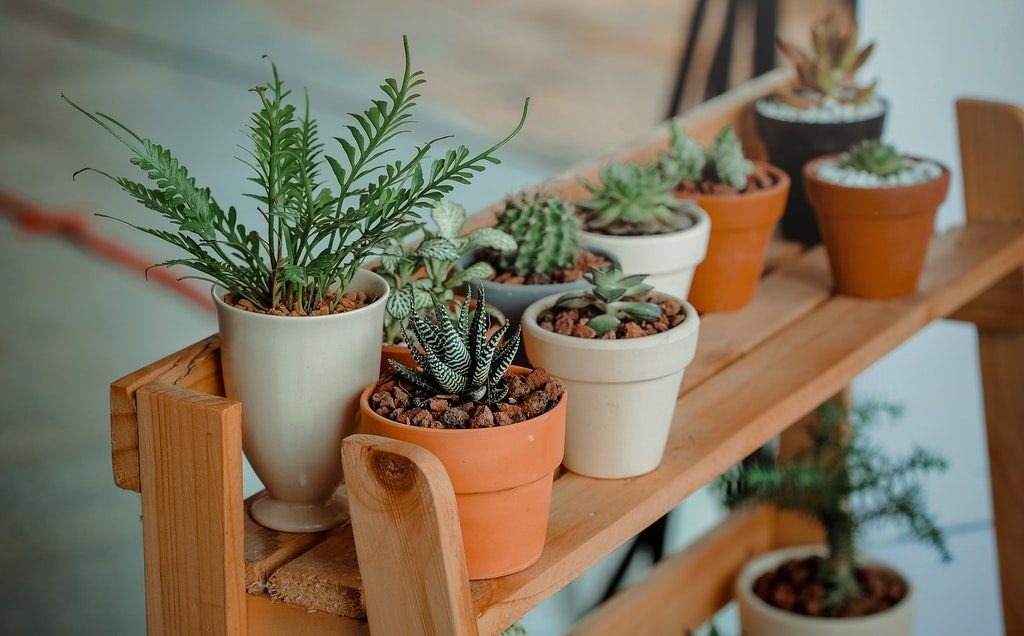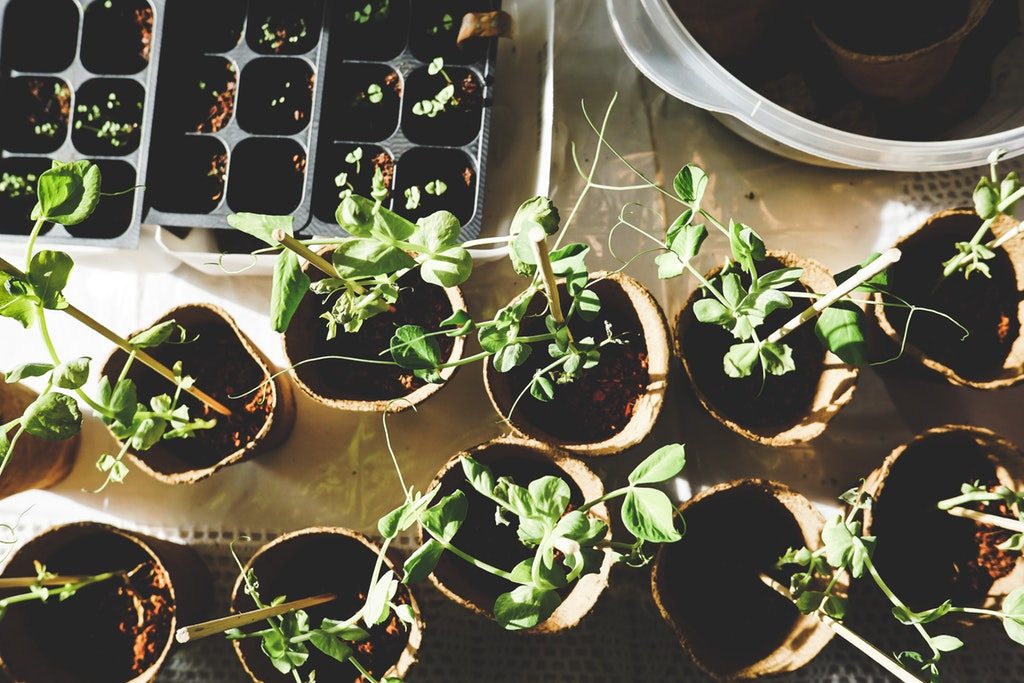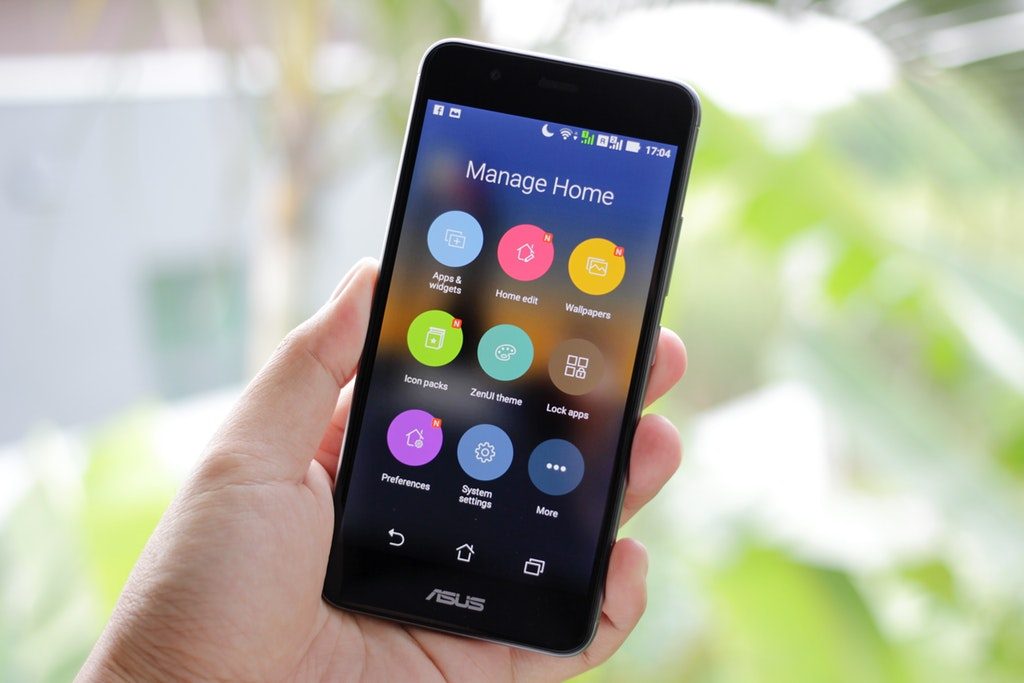
Tips for Packing and Wrapping Furniture for Your Relocation
When moving, one of the biggest concerns is preparing your furniture and protecting it against damage. There are many ways that environmental conditions or accidents can put your furnishings at risk, but, by planning for those incidents, you can reduce damages or eliminate them altogether.

Know Where Your Furniture is Going
Depending on the size of your new home and your plans for its living spaces, it may be necessary to plan. Tagging each item of furniture with the destination room is a good precaution and will help eliminate errors, especially if you’re working with professional movers.
If your new home is nearby, it may be wise to measure the dimensions of each room and measure the furniture, so you’ll know for certain that your furnishings will fit.
Break Down What You Can
You may have some items, such as end tables or nightstands that can be easily disassembled. Breaking these items down into smaller pieces will make it easier to pack them and protect them against damage. Additionally, this will make more room in the moving van.
Drawers should be removed from dressers and hutches. In addition to making the larger pieces lighter and easier to handle, the drawers can be packed with your clothes or other belongings and wrapped with movers’ wrap to reduce your need for boxes.
Gather Your Packing Supplies
You will need a few special items to pack your furniture correctly. Cheap Movers SF (http://www.cheapmoverssanfrancisco.net/) says these items will help you to ensure each item is protected for the move.
Bubble Wrap – To be used to protect fragile items (lamps, mirrors, etc.) and wooden pieces that may be easily scratched, dented, or broken.
Sealable Plastic Bags – Place pillows and sofa cushions inside larger plastic bags. Use smaller food storage bags to store screws, washers, and other small pieces. Be sure to label each bag with the name of the furniture to which the pieces belong.
Industrial Strength Plastic Wrap – For wrapping larger pieces of furniture, such as dressers, sofas, and tables.
Wrapping Your Furniture
Before you begin the actual wrapping, you’ll need to prepare the individual items. Where wood pieces are next to each other and may rub together, during transit, it’s wise to slip a piece of cardboard between them. This will protect against scratching. If you don’t have sofa covers, slip blankets over the sofa, loveseats, and other upholstered items.
Furniture should be wrapped securely, but not too tightly. Apply several layers to ensure each item is protected, starting at the top and traveling down to the base of the item for each layer. Once the item is wrapped, an index card can be taped to it, identifying where it will go in the home.

Getting the Furniture into the Truck
Before loading up the van, it’s best to lay moving blankets on the floor. This will keep the bottoms of the pieces from getting scuffed or damaged. Larger items should be loaded first with smaller items going into the van next. Boxes should be packed last. If you don’t have friends willing to pitch in, consider hiring professional movers to help load the van. This isn’t something you should try to handle on your own.
Moving is a stressful experience, but it can be easier with a little preparation. Your goal is to deliver your furniture and other items to your new home without suffering damages. By taking the time to prepare and protect each item, you can ensure a happy and quality move that won’t be more disruptive to your life than necessary.








